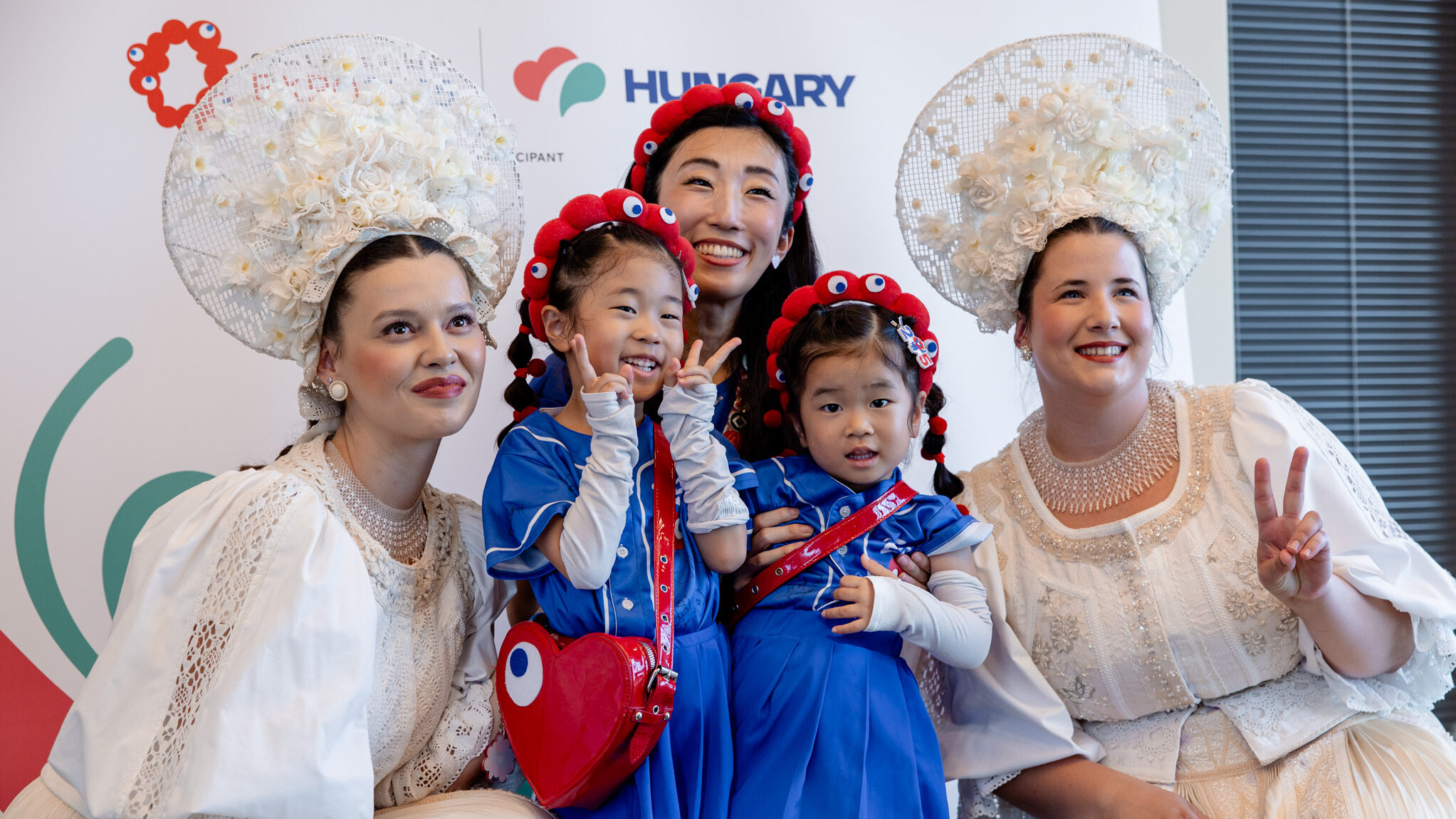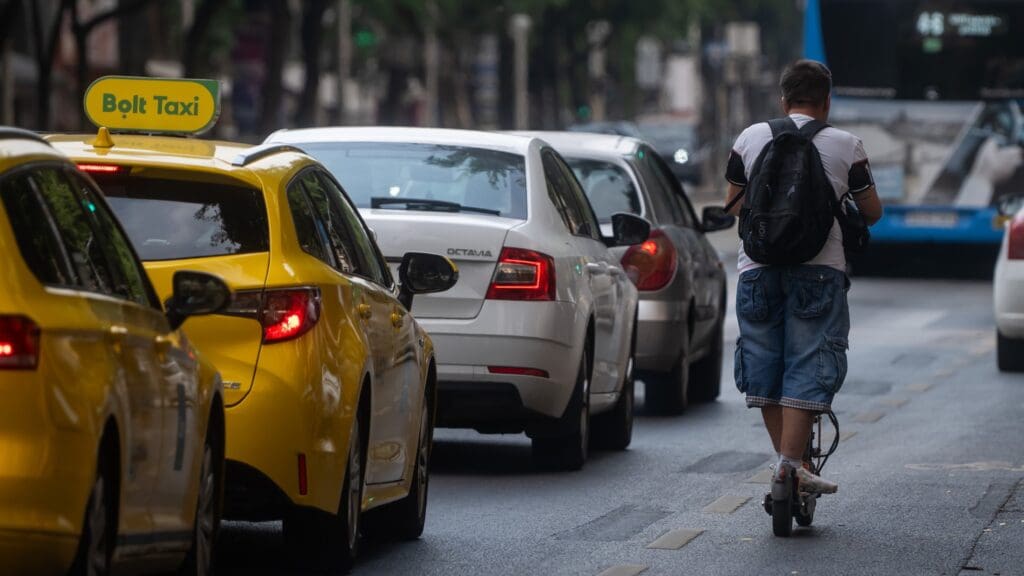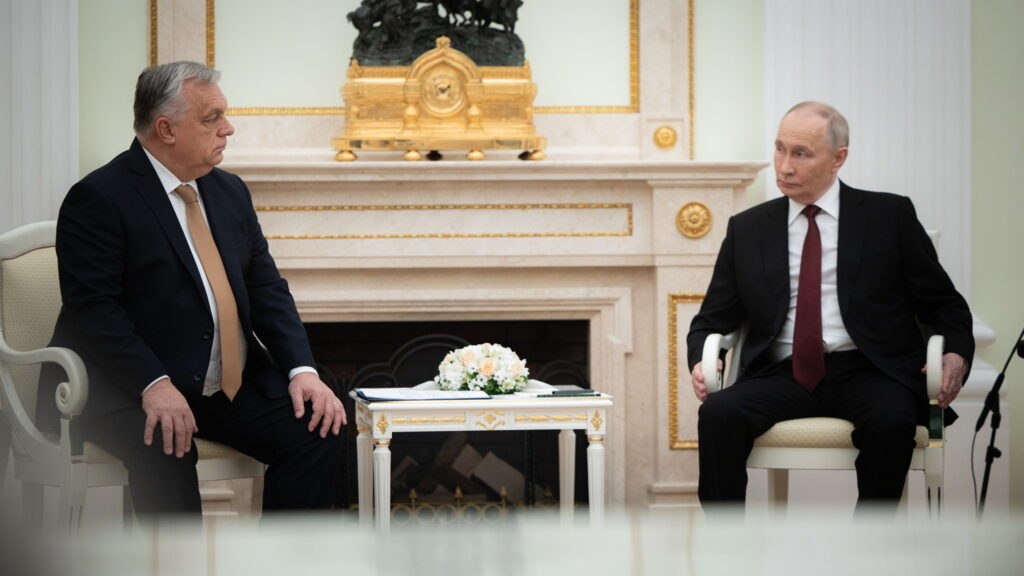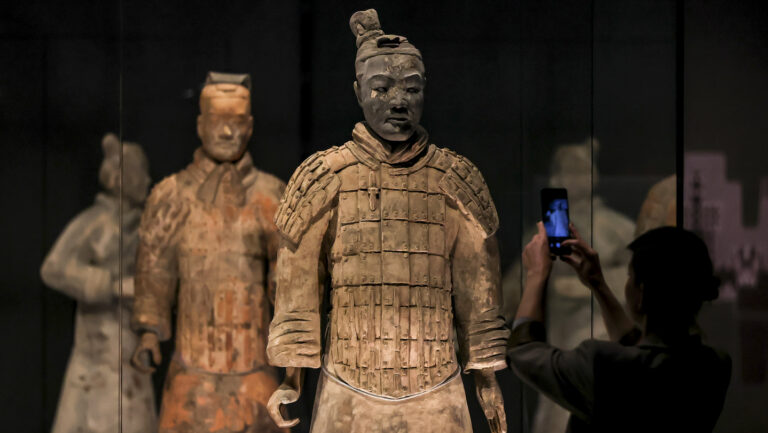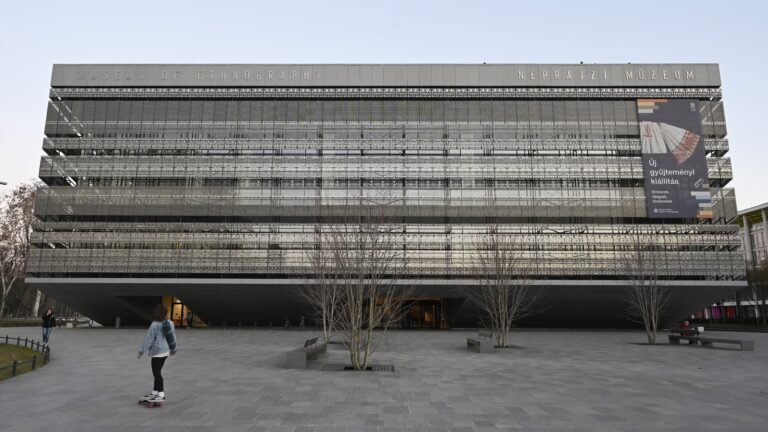The Hungarian Pavilion captivated more than one million visitors at the 2025 Osaka World Expo. Hungary’s participation was a resounding success, offering a unique interpretation of the Expo’s central theme by focusing on tradition, the harmony between humanity and nature, and the idea of building the future upon the values of the past. Over six months, Hungary’s showcase featured nearly 70 cultural events, more than 80 professional and business meetings, 46,000 restaurant guests, 2,250 protocol visitors, and tangible achievements in tourism.
The highlight of the pavilion was its continuous live folk music performance, held every 15 minutes over 184 days. 21 female singers performed Hungarian folk songs 43 times a day, giving a total of 7,848 live shows—over 58,000 minutes of music in all. The authenticity of the music, the traditional costumes, and the performers’ warmth created a unique atmosphere in which visitors could not only hear but also experience the heartbeat of Hungarian heritage.
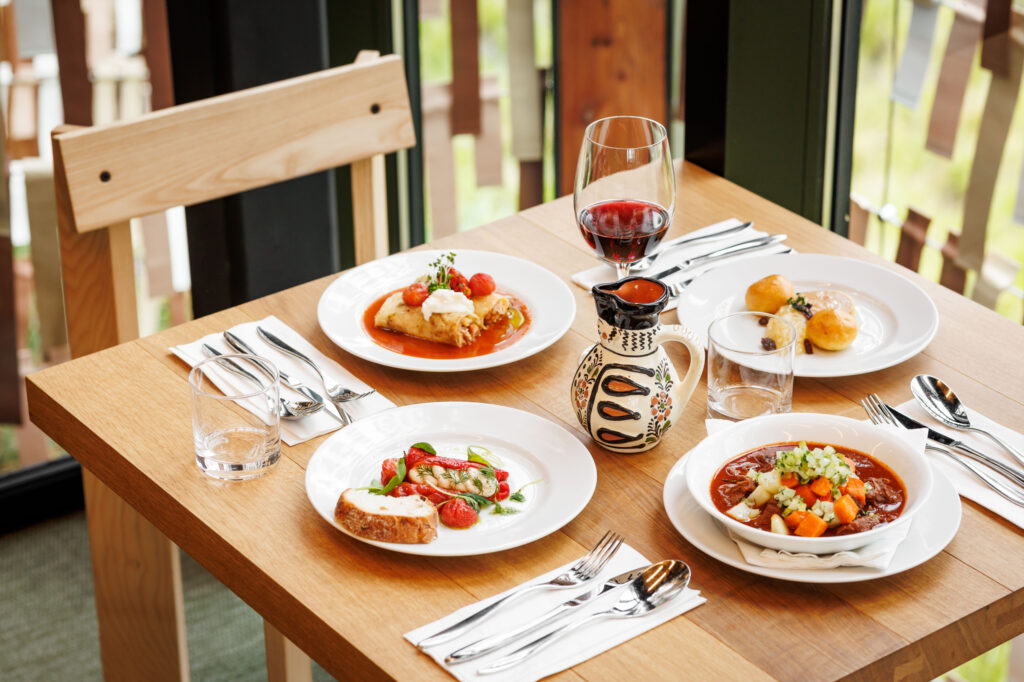
The pavilion’s restaurant, Miska Kitchen & Bar, became one of the most popular dining spots at the Expo. Over six months, it served 46,000 guests—around 250 daily. Visitors consumed 18,600 bowls of goulash soup, 17,000 portions of Hortobágyi pancakes, and more than 4,100 servings of somlói tekercs (Hungarian trifle)—a total of 164 metres of dessert, equivalent to one and a half football fields of sweetness.
For 22 weeks, the pavilion’s third floor hosted fully booked craft workshops introducing 11 traditional Hungarian crafts, including felt-making, reed weaving, and indigo dyeing. Visitors could create small handcrafted items while learning about Hungary’s meticulous artisanal techniques.
The Hungarian Pavilion ranked among the Expo’s most active national pavilions, organizing nearly 70 concerts featuring 50 performers and involving almost 600 artists and staff. This made Hungary the third most active country in cultural programming, presenting the diversity of its musical heritage across classical, folk, and contemporary genres.
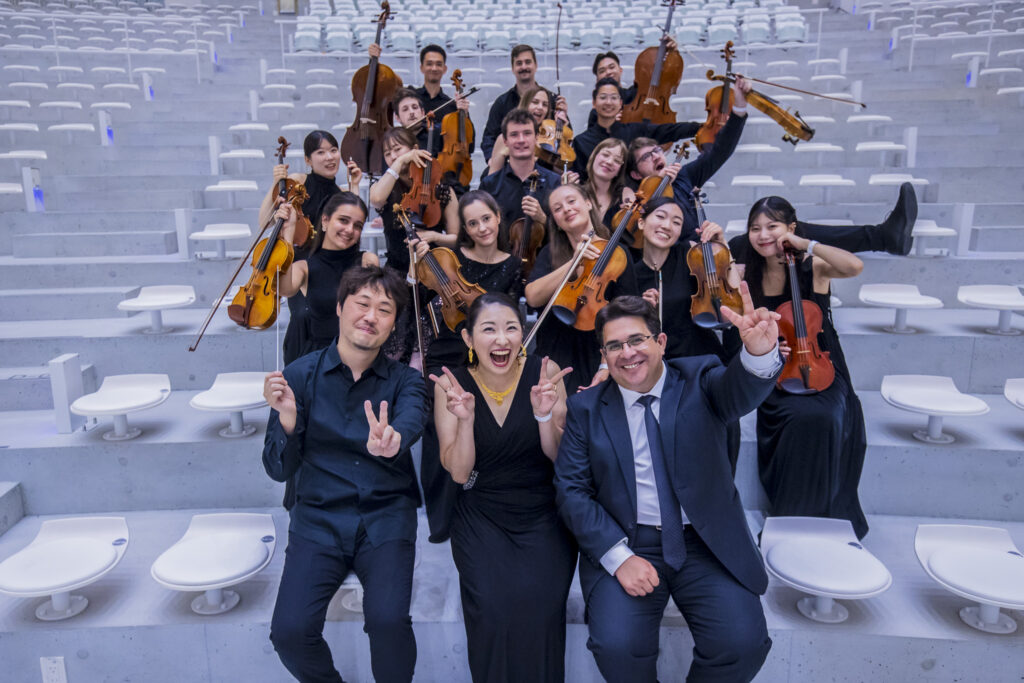
84 professional and business events were held in six venues, including the pavilion’s Community Centre and the iconic Women’s Pavilion, where Hungary hosted the most events of any country. A total of 31 Hungarian companies presented themselves to Japanese partners, paving the way for new business and tourism collaborations.
Diplomatic attendance was also remarkable: the pavilion welcomed 2,250 protocol guests across 440 delegations. Visitors included members of the Japanese imperial family, Nobel laureates, heads of state and government, ambassadors, honorary consuls, bishops, and Olympians.
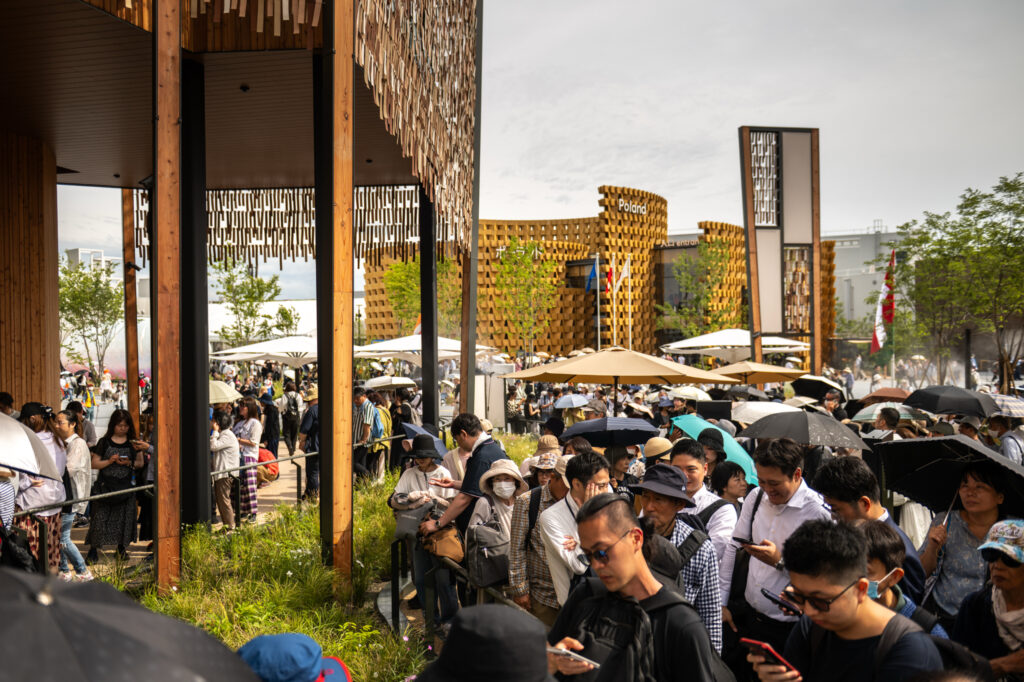
Ministerial Commissioner Ákos Kristó highlighted the measurable impact: ‘During the Expo, the number of Japanese tourists visiting Hungary increased by 19 per cent compared to the same period in 2024. Hungary’s presentation built a bridge between our two nations, inspiring visitors who later wished to explore our country in person. This form of cultural presence will strengthen Hungary’s image in Japan over the long term.’
Built under the motto ‘Without our past, we have no future’, the Hungarian Pavilion served as both an architectural and emotional journey through Hungarian culture. It stood as a testament to the belief that the key to a sustainable future lies in returning to our roots—in harmony with nature and tradition.
Related articles:

